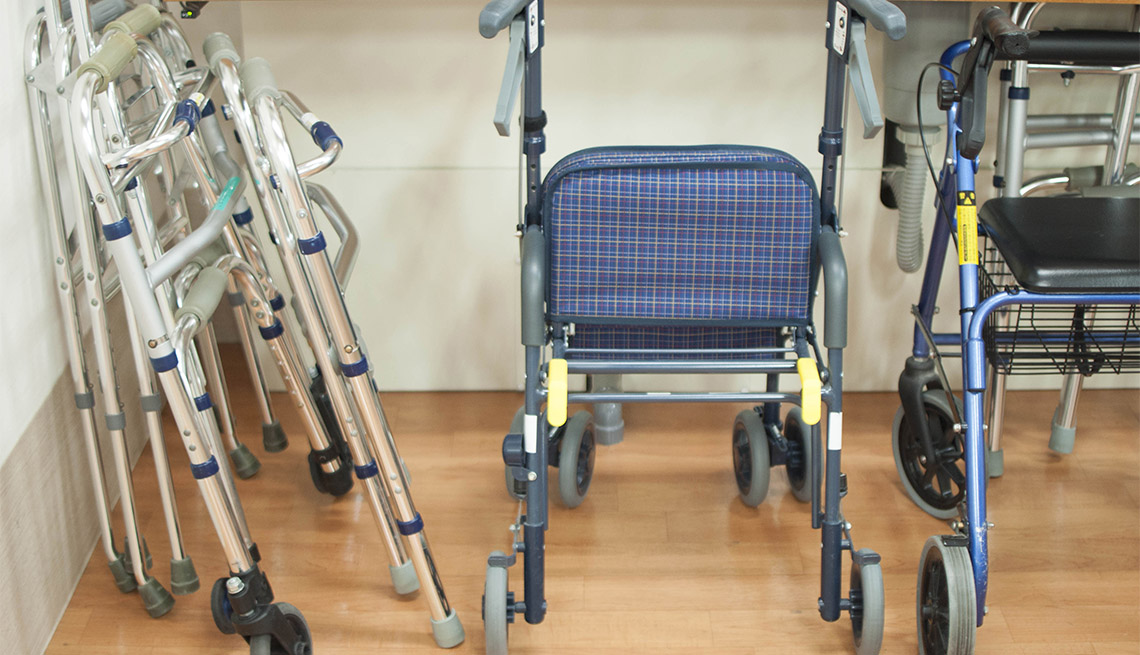
Nursing home fines drop after enforcement rules revised
- Select a language for the TTS:
- UK English Female
- UK English Male
- US English Female
- US English Male
- Australian Female
- Australian Male
- Language selected: (auto detect) - EN
Play all audios:

While that policy increased the number of smaller fines, larger fines became less common. The total amount collected under Trump fell by 10 percent, compared with the total in Obama’s final
year, from $127 million under Obama to $114 million under Trump. (KHN compared penalties during 2016, Obama’s last year in office, with penalties under Trump from April 2017 through March
2018, the most recent month for which federal officials say data are reliably complete.). Beth Martino, a spokeswoman for the American Health Care Association, a nursing home trade group,
said the federal government has “returned to a method of applying fines in a way that incentivizes solving problems,” rather than penalizing “facilities that are trying to do the right
thing.” Penalty guidelines were toughened in 2014, when the Obama administration instructed officials to favor daily fines. By 2016 those were used in two-thirds of cases. Those fines
averaged $61,000. FOR EXPERT TIPS TO HELP YOU FEEL YOUR BEST, GET AARP’S MONTHLY _HEALTH_ NEWSLETTER. When Trump took over, the nursing home industry complained that fines had spun “out of
control” and become disproportionate to the deficiencies. The CMS agreed that daily fines sometimes resulted in punishments that were determined by the random timing of an inspection, rather
than the severity of the infraction. If inspectors visited a home in April, for instance, and discovered an improper practice had started in February, the accumulated daily fines would be
twice as much as if the inspectors had come in March. But switching to a preference for per-instance fines means much lower penalties, since fines are capped at $21,393 whether they are
levied per instance or per day. Homes that pay without contesting the fine receive a 35 percent discount, meaning they currently pay, at most, $13,905. On average, per-instance fines under
Trump were below $9,000, records show. “These are multimillion businesses — $9,000 is nothing,” said Toby Edelman, a senior policy attorney at the Center for Medicare Advocacy, a nonprofit
in Washington. Big daily fines, averaging $68,080, are still issued when a home hasn’t corrected a violation after being cited. But even in those cases, CMS officials are allowed to make
exceptions and issue a single fine if the home has no history of substantial violations. The agency cautioned that comparisons of average fines is misleading because the overall number of
inspections resulting in fines increased under Trump, from 3.5 percent in 2016 to 4.7 percent. The circumstances now warranting fines that weren’t issued before tend to draw penalties on the
lower side. However, KHN found that financial penalties for immediate jeopardies were issued in fewer cases under Trump. And when they were issued, the fines averaged 18 percent less than
they did in 2016. This story is part of a partnership that includes NPR and Kaiser Health News.
